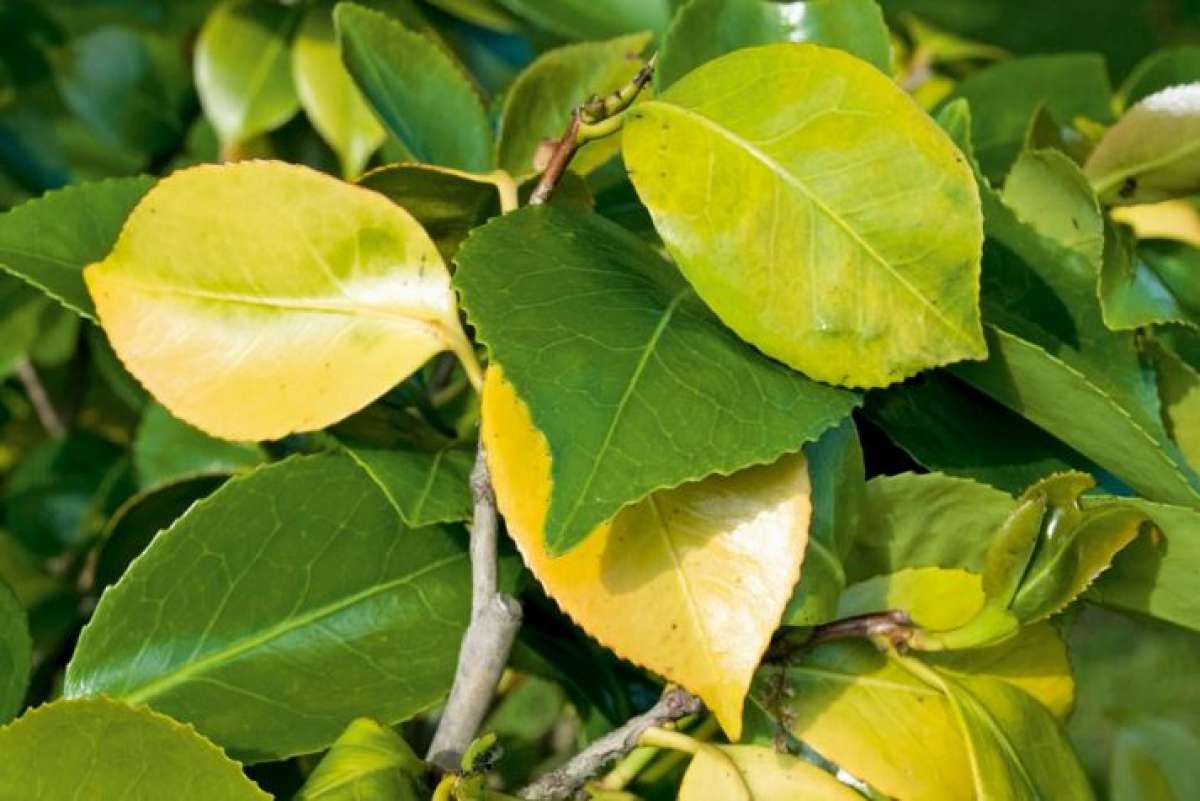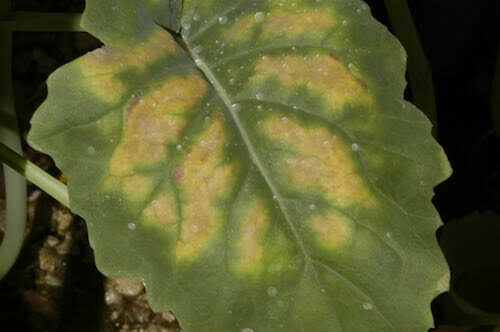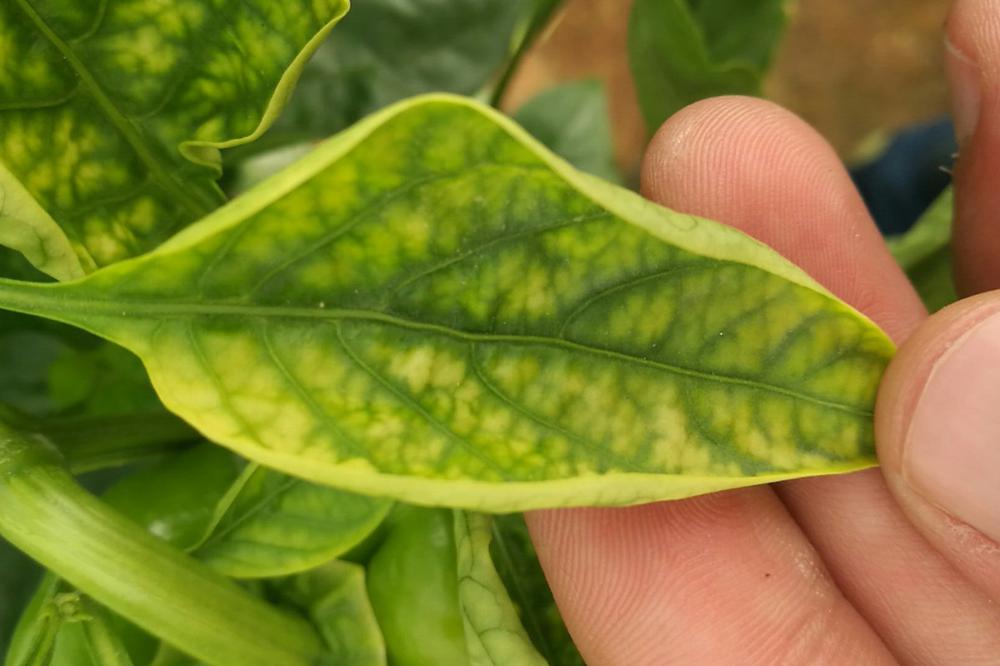Plant Nutrition
Trees require nutrients to live and thrive. When one or more of these nutrients are deficient in the soil, the tree
- Will not reach its full landscape potential.
- Will be more susceptible to disease and insect problems.
- Will have a shorter life than a similar, well-fertilized tree.
Trees in urban and suburban environments are often under high-stress conditions due to low moisture availability, soil compaction, physical damage, nearby construction, and competition from turf and nearby trees and shrubs. Fertilizer applications may reduce, but cannot eliminate, environmental stresses such as these. It is important to keep newly planted trees watered and pruned and to keep weeds away from their bases to avoid excess stress.
Do your plants look like this?

Nitrogen
As a major component of chlorophyll, nitrogen is essential for every plant’s basic nutrition. Symptoms of nitrogen deficiency include poor plant growth and yellow or light green leaves. Have your soil tested for nitrogen levels and regularly fertilize your plants with compost or manure.

Calcium
Just as people need calcium for strong bones, plants need calcium for strong cell walls. A calcium deficiency can stunt root growth as well as a protective mucus that protects roots from disease. Factors such as humidity, air movement, and soil pH affect the amount of calcium your plants receive.

Magnesium
Magnesium enables a plant’s chlorophyll to capture energy from sunlight. Without magnesium, a plant cannot perform photosynthesis. Poor soil quality is a common cause of magnesium deficiency, resulting in yellowing between leaf veins and premature aging.



